Vacuum casting is a reliable production technique that produces low-volume get rid of qualities near to shot molding. This technology delivers high-grade and in-depth prototypes and creates a small batch of products within a short preparation time. Applying vacuum casting ensures parts have superb mechanical residential properties and diverse end-use applications.
Understanding the vacuum casting style guide is essential to the success of your project. Your 3D-printed layout must follow expert geometric suggestions to capitalize on this superb technique. This is why you should thoughtfully approach the style process to avoid errors and ensure optimal quality.
This overview is a total summary of the considerations for the vacuum casting process. We will reveal the necessary vacuum casting standards for job success, from fundamentals to innovative practices. Yet before that, let’s briefly review the process itself.
What Is Vacuum Casting?
Vacuum casting, Urethane spreading, or Polyurethane casting uses silicone molds to produce plastic and rubber parts. This technique is carried out under a vacuum cleaner. It reproduces injection molding to produce complex polyurethane resins and cast nylon components.
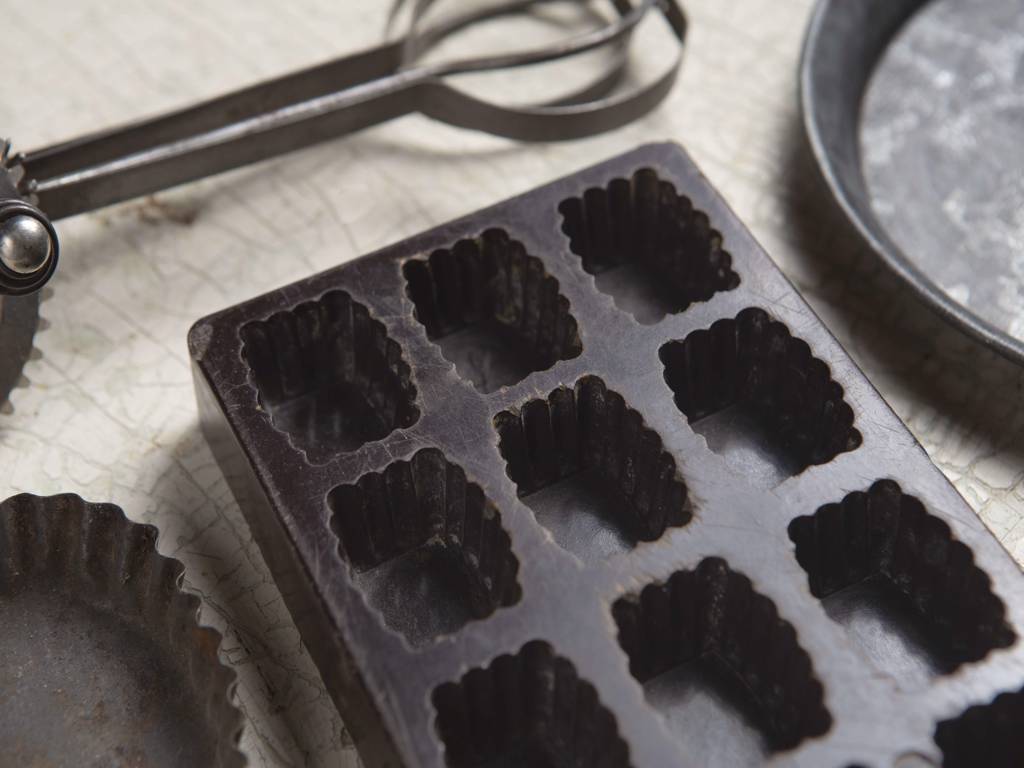
Component and silicone mold after Vacuum Casting of ABS-like resins
In vacuum casting, fluid products are attracted into a mold under vacuum cleaner stress, producing thorough elements rapidly. It starts with crafting an exact master model, frequently through 3D printing or a CNC device. The model is then framed in silicone to create mold and mildew in a vacuum cleaner chamber.
After the silicone sets, the master design is eliminated, leaving a beautiful silicone mold. This mold is used in vacuum casting equipment, where the spreading material fills it, catching all layout intricacies. After treatment, the last component is drawn out, and the mold and mildew can be recycled for around 30 components, making it appropriate for tiny to medium production runs.
Its vacuum setting guarantees high-grade spreading without bubbles or surface area flaws. This procedure is widely used in fast prototyping for pre-series screening and small-batch production.
Design Factors To Consider for Vacuum Casting
As stated earlier, adhering to the vacuum casting layout guide is essential for the procedure’s success. This area will show you the layout basics for vacuum casting and expert pointers for the best outcomes.
Draft Angle
In vacuum cleaner forming, the draft angle is essential in quickly eliminating the plastic part from the mold without distortion or breakage. Without it, the plastic could abide by the mold and mildew, making removal complex. The item might also be flawed or damaged during extraction.
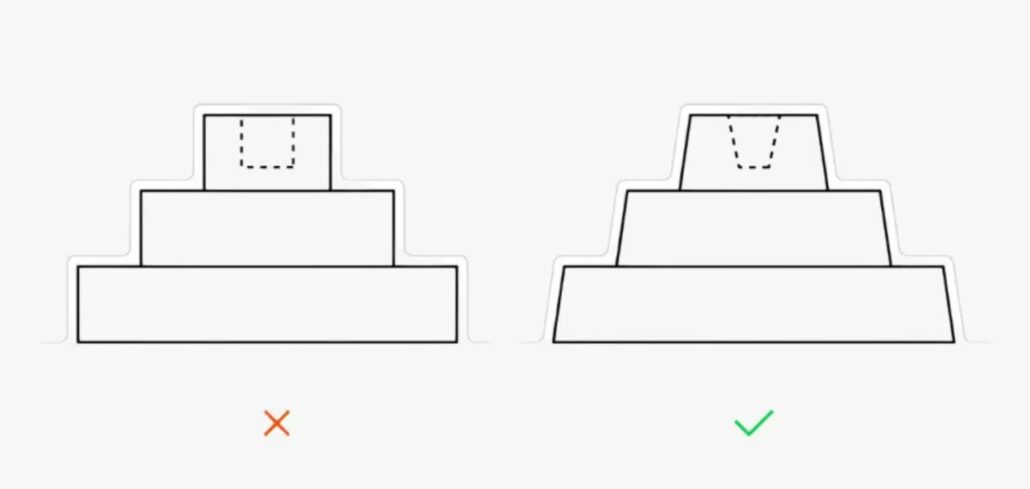
Preferably, it would be best if you created your get rid of a draft angle of at least 1 to 2 degrees. Nevertheless, the draft angle’s dimension differs depending on the material, product form and complexity, and mold and mildew dimension. Materials vulnerable to deformation or items with intricate forms may require a larger draft angle. On the other hand, simpler shapes or more stiff materials might be adequate with a smaller angle. Designing the item with an appropriate draft angle is essential to ensure effortless removal from mold and mildew without jeopardizing the final product’s honesty.
Tolerance
A functional tip preserves typical resistances according to ISO 2768 Coarse (C) for vacuum casting. If certain functions are not needed, you apply conventional tolerances. While tighter tolerances are feasible, we advise them only for critical features. Resistance is either +/- 0.5 mm or +/- 0.1 mm per 30mm, whichever is larger.
Wall Thickness
Vacuum casting enables the creation of thin and thick wall sections within the same part without influencing the last component, supplying higher design flexibility. The walls of the vacuum-formed item need to strike a balance; they should be thick sufficient for stamina and resilience yet not so thick that they cool gradually and end up brittle. Wall surface thickness considerably impacts the strength and toughness of the end product.
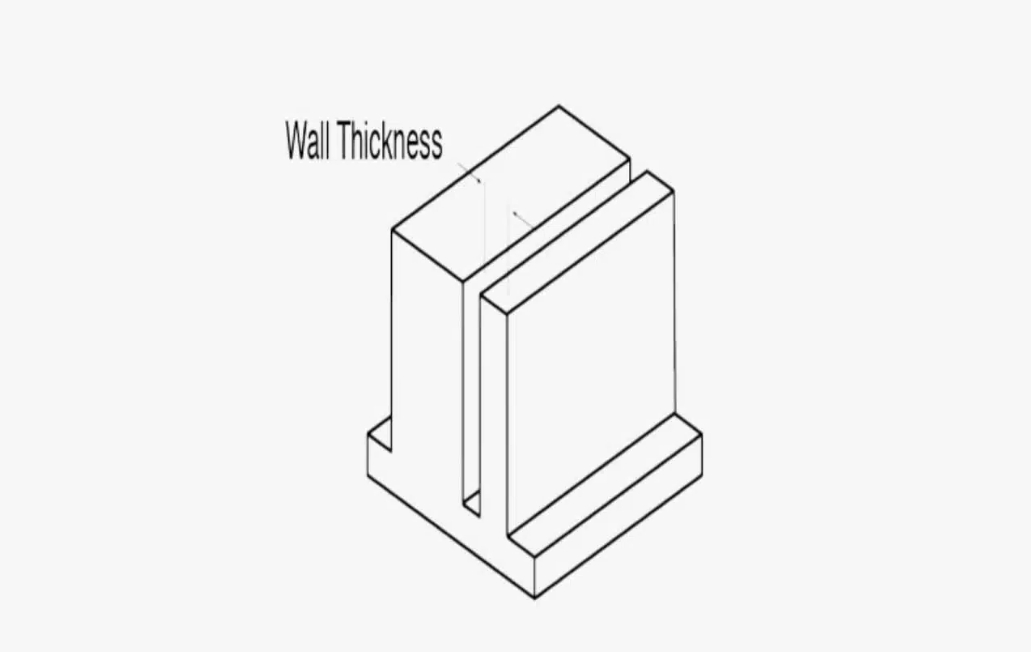
Thicker walls are typically more substantial and much more immune to contortion but might take longer to warm and type, needing more extensive and expensive mold and mildew. Alternatively, thinner wall surfaces are much easier to warm and kind, requiring more diminutive and economical mold and mildew. However, they may be more vulnerable to deformation and much less durable.
Commonly, we recommend a minimum wall density ranging from 1mm to 1.5 mm for small to medium-sized parts, adjusting for majorities as needed. However, the perfect density can vary based on the requirements of your project and the picked product.
Incorporating Undercuts and Overhangs
Undercuts and overhangs are style elements that are either recessed or stuck out over a space, complicating the molding and spreading procedures. However, vacuum casting can effectively manage these challenging attributes compared to other production methods.
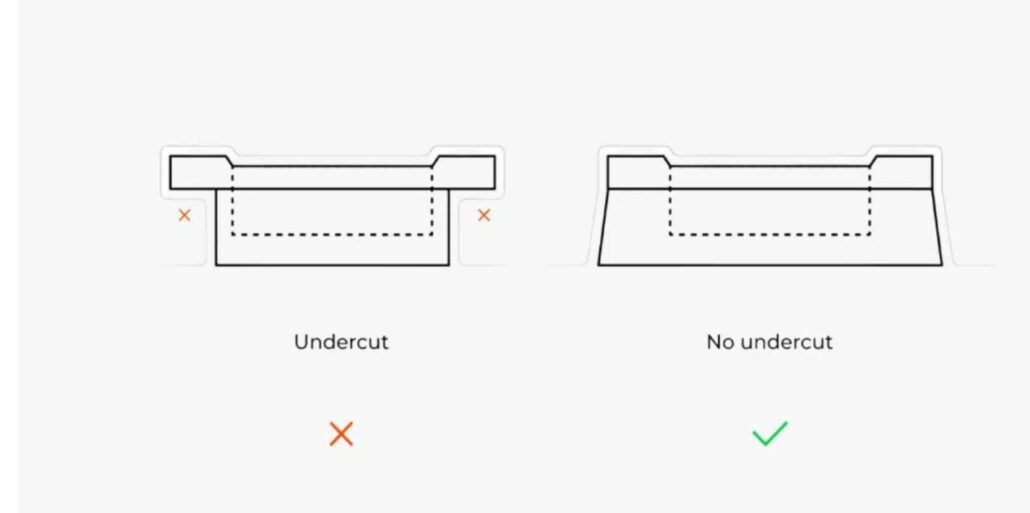
When intending to incorporate undercuts or overhangs in vacuum casting styles, it’s vital to identify their impact on mold and mildew complexity, potentially necessitating added adjustments or factors to consider. Consulting with a production specialist is recommended to ensure this complex information is executed precisely and successfully. At RapidDirect, we are equipped and excited to help in this procedure.
Bosses
Employers must go to the very least 1mm high and have a minimal size of 1mm. The wall density for managers must not exceed 60 percent of the small density to decrease sinking. Managers need to be at the very least 1mm high and significant. The bottom distance should not surpass 25% of the wall surface thickness, and the boss wall surfaces should be less than or equal to 60% to prevent contraction.
Ribs
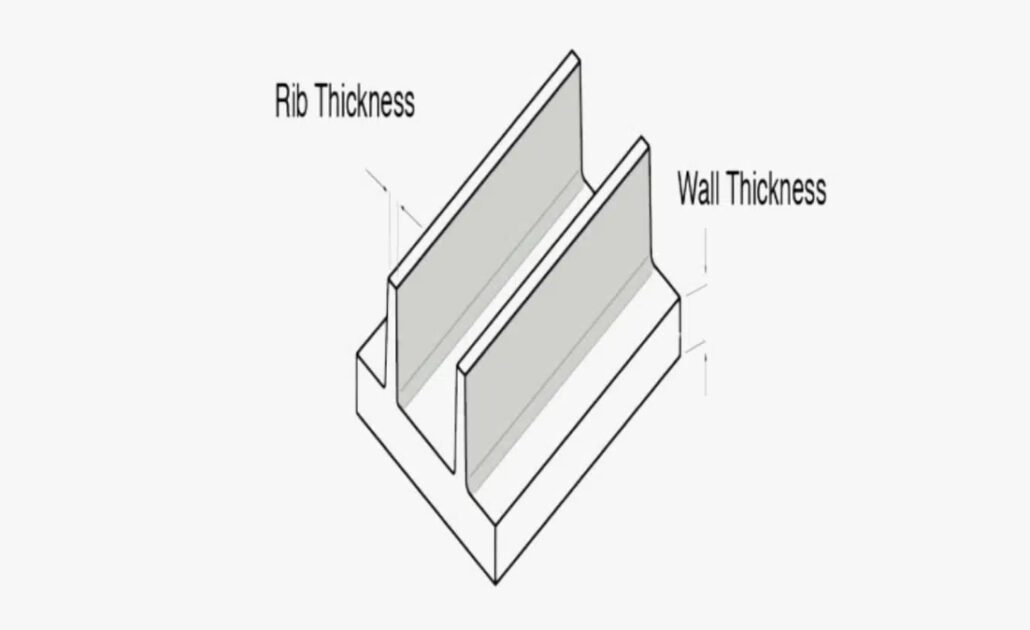
Adding ribs to huge, level locations enhances stamina and reduces bending. Rib density must be less than the wall surface density to reduce shrinking and sinking impacts. Our professionals suggest maintaining rib density listed below 60 percent of the nominal wall density and restricting rib height to less than three times its thickness.
Embossed Information
Style text and logo designs that are either recessed or embossed with a minimum depth/height of 1mm and a size of 1mm to make a confident presence. Leave a 1mm space between letters for optimal outcomes. Include draft angles on the printed details to help with easy release from the mold. Besides, stay clear of intricate undercuts that can complicate the demolding process.
Materials for Vacuum Casting

Matching the desired properties of a preferred product is usually challenging when developing for vacuum casting. Nonetheless, the convenience of this manufacturing process enables using various products, increasing the options available. The spreading products duplicate the measurements and specifications supplied by the design group, especially worrying about thermal and physical residential properties. The usual materials utilized in this casting method include rubbers, resins, and thermoplastics.
ABS-like Resins
ABS-like resins reproduce the homes of abdominal plastic, offering a combination of stamina and versatility perfect for different applications. With outstanding surface information resembling injection-molded parts, ABS-like resins come in flame-retardant, food-safe, and UV-stable alternatives, making them flexible for other demands. In addition, they offer a cost-effective solution for producing models or little series of end-use components. Key benefits include good mechanical buildings, fine surface coating, and phenomenal information representation. Suppliers commonly utilize them in customer electronic devices, auto components, and playthings.
Polyethylene-like and Polypropylene-like Materials

Polyethylene-like and polypropylene-like resins resemble the residential properties of polyethylene and polypropylene, offering versatility, sturdiness, elasticity, and sturdiness. These materials provide outstanding surface area detail, an injection-molded appearance, durability, and lightweight characteristics. These lightweights enable the economical manufacturing of top-quality prototypes or small series of end-use components.
Polyethylene-like materials use high adaptability, superb influence resistance, and good chemical resistance. Hence, they are appropriate for product packaging components, containers, and versatile components. They also exhibit durability, exceptional tiredness, and chemical resistance. They are excellent for producing breeze fits and auto parts, offering reliable performance in popular environments.
Resins
These resins are crafted to duplicate the residential properties of polycarbonate, supplying high stamina and clarity. These materials boast high mechanical strength, openness, and warm resistance, making them ideal for various applications. Polycarbonate-like polyurethanes are suitable for producing eyewear parts, light covers, and other clear parts calling for strength.
Acrylic
Acrylic materials used in vacuum casting imitate the characteristics of polymethyl methacrylate (PMMA). These materials supply high clearness, openness, and UV resistance, making them appropriate for various applications. Acrylic resins are generally used in vacuum-casting processes to generate light components, lenses, and transparent parts. Their capability to reproduce the residential properties of PMMA ensures the production of aesthetically attractive and sturdy end-use components.
Silicone Resin
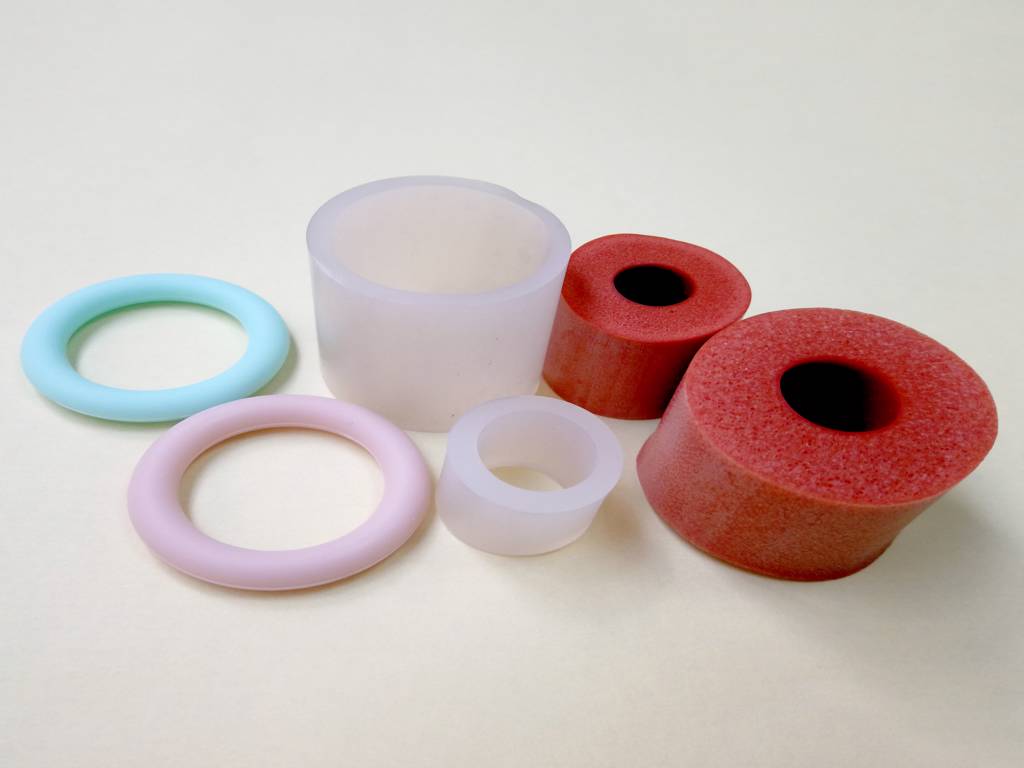
Silicone resins are characterized by their reduced molecular weight and branched-chain framework. They supply excellent warmth resistance and high performance, exceeding conventional rubber materials. With thermal security enabling resistance of up to 500 levels Celsius for brief periods, silicone resins are valuable in electrical insulation and as release agents. These residential or commercial properties make them crucial in industries needing materials capable of holding up against high temperatures while keeping dependability and efficiency.
In vacuum casting, silicone resins are vital release agents for thermoplastic or elastomeric products like polyurethane. Utilizing silicone materials improves the vacuum casting process’s performance and quality, ensuring smooth demolding and exact duplication of detailed information in the final products.
Silicone Rubber
Silicone rubber used in vacuum casting provides impressive residential or commercial properties as an extended-lasting and durable elastomer with a one-of-a-kind molecular structure. Noteworthy residential properties of silicone rubber include good circulation, transparency, shrink-free healing at ambient temperature level, long-term security of mechanical properties post-curing, and resistance to casting material.
These characteristics establish silicone rubber as a preferred and trustworthy material for vacuum casting molds, providing geometric flexibility and costs and ending up with alternatives. Its high adaptability, flexibility, and temperature level resistance make it appropriate for seals, clinical tools, gaskets, and kitchen tools. Furthermore, its biocompatibility boosts its energy in medical and food-related applications, guaranteeing product security and dependability.
TPU (Thermoplastic Polyurethane)
TPU-like materials are a versatile intermediary between stiff plastics and adaptable rubber. They comprise soft and tough phases. Thus, these resins supply impressive adaptability and strength, making them appropriate for short-run production procedures with minimal development periods. Polyurethane resins use characteristics such as warmth resistance, elasticity, and high e-module.
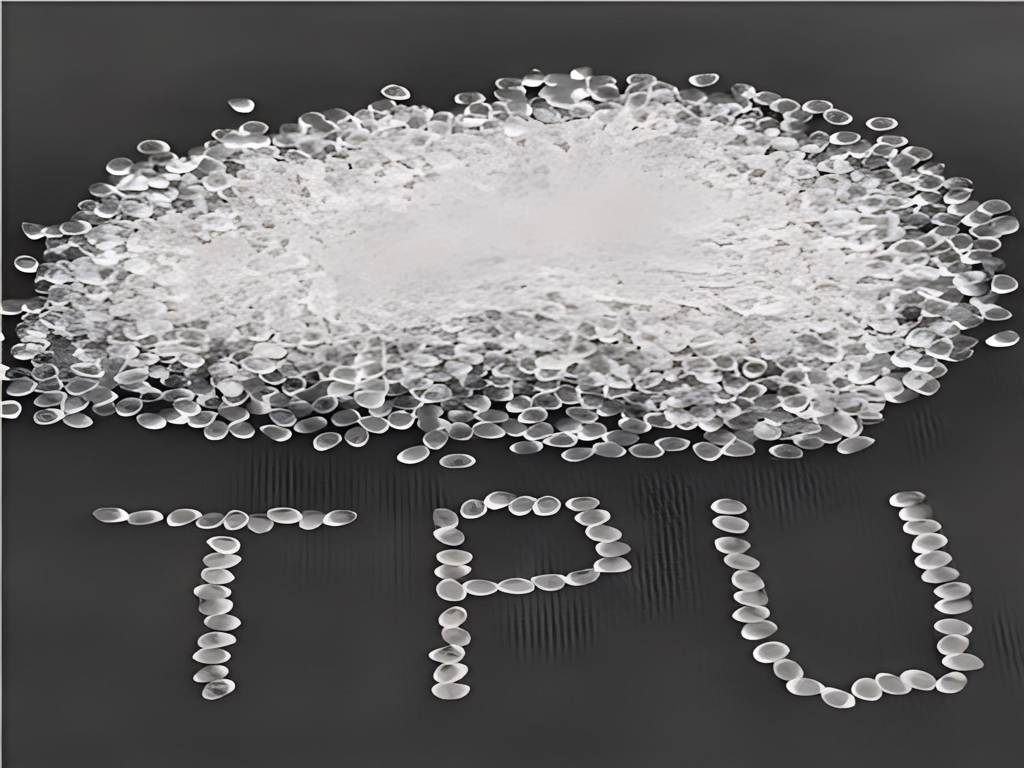
Their balanced physical properties and high dimensional stability promote simple molding and make them especially ideal for items calling for abrasion resistance and flame retardance. These qualities make them excellent for gaskets, seals, adaptable hose pipes, and footwear elements, where integrity and long life are necessary.
Epoxy Resin
A chemical mix of epoxy and hardener develops this material. It displays extraordinary durability and resistance to use, chemicals, and weather. Its ability to withstand continual pressures without contortion makes it a dependable, sticky product. With exceptional bonding capacities, versatility, and moderate temperature level resistance, epoxy resin finds prevalent use in construction, manufacturing, and woodworking industries. Its applications vary from acting as the matrix stage in composite parts to providing surface defense. Casting epoxy resins are likewise used to craft numerous items, including sculptures, fashion jewelry, and crafts.
Polyurethane Foam
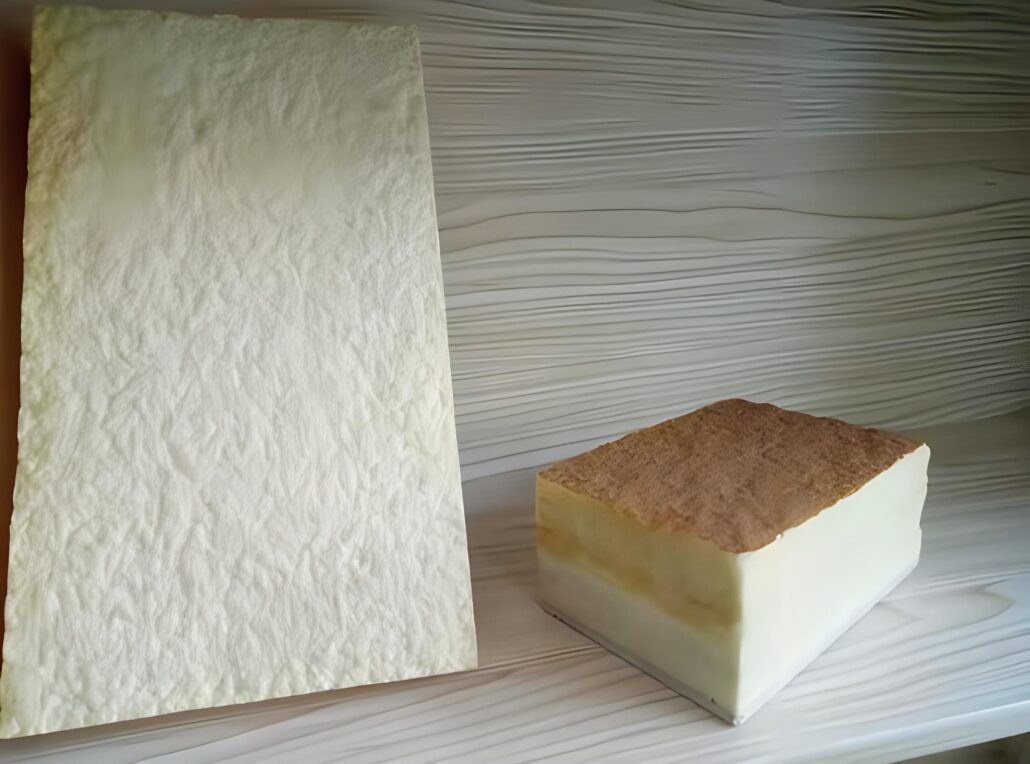
Polyurethane foams act as core products or bases for developing lightweight components with elaborlightweight. They use superb warm resistance, low density, the capability to make exceptional surface area frameworks, and fire retardance. These foams help create insulation products, low-weight panels, and multi-layer frameworks.
Polyurethane casting foams use cost-effectiveness and efficiency in vacuum casting, flaunting a shorter run time than other casting products. PU foams are extremely machinable with exceptional dimensional stability and are suitable for extreme precision problems. Moreover, they enable fast and simple demolding of the final product, boosting the general manufacturing process effectiveness and productivity.
Bring Your Vacuum Casting Design to Life
Vacuum casting supplies an affordable strategy for creating complex plastic and rubber components in small batches. Due to cost and premium results, numerous product teams use vacuum-cast parts for feature testing throughout item growth. Hence, it is applicable across multiple sectors.
For custom cast parts, turn to RapidDirect, the most reliable specialist in vacuum casting. At RapidDirect, we pride ourselves on being your go-to expert for customized vacuum casting requirements. Our team of proficient designers and quality assurance specialists are experienced at managing manufacturing demands of all scales– from low to high quantities– while sticking to the highest possible standards of vacuum casting design methods. Cutting-edge innovation simplifies the production procedure, eliminating the demand for substantial first financial investments typically associated with high-grade production.
Our vacuum casting solutions are made to use a comprehensive remedy for both prototyping and custom production component needs. We produce highly described elastomer parts, assuring exceptional quality and swift turn-around times. Count on RapidDirect for your next job and experience the simplicity of obtaining superior-quality models and customized parts.
All set to bring your layout to life? Submit your CAD data to RapidDirect today for an immediate quote, and start a journey to seamless, reliable manufacturing with us.
Attempt RapidDirect Currently! All information and uploads are secure and private. Obtain Instantaneous Quotes.
FAQs
How accurate is vacuum casting?
The vacuum casting procedure yields parts with impressive dimensional accuracy, with a precision of ± 0.3% (with a lower limitation of ± 0.3 mm on dimensions smaller than 100 mm). Relying on the master pattern and the component’s geometry, we can accomplish dimensional accuracies varying from 0.2 to 0.4 mm.
Can vacuum casting be used for jewelry?
Numerous jewelry experts have embraced vacuum casting methods to craft tiny jewelry setups. This method assists in creating customized settings and mounts for freeform stones and provides safety designs for soft treasured species like dioptase and opal. In addition, jewelers can develop rubber molds of initial pieces and use them to produce versions for copies.
What are the disadvantages of vacuum casting?
The critical downside of vacuum casting is the limited lifespan of the silicone mold and mildew. They break down over time and call for substitutes after countless cycles, possibly raising expenses for higher-volume manufacturing runs. Additionally, materials like steel or glass-filled plastics are not easily reproduced using vacuum casting, affecting procedure viability. Additionally, vacuum casting could not be highly ideal for very complex components.


